Teething start in babies when they are 4 months old. Some babies have late tooth eruptions due to various reasons. It is also pretty normal. However, if you notice no teeth have erupted in your baby even after 13 months, you should concern it. Such missing teeth might happen due to a genetic condition known as Anodontia.
Anodontia, also known as Anodontia Vera, is a rare genetic disorder that makes your mouth devoid of teeth. Having missing teeth due to injuries or decay and this complete absence of teeth are different things. It occurs in baby teeth and primary teeth whereas women have a high chance of being afflicted with this condition than men.
What causes Anodontia?
Anodontia is a kind of teeth agenesis and occurs due to genetic mutations or transmitted as an autosomal recessive genetic trait. However, the faulty gene is unknown. Kids can inherit the faulty gene from either parent.
In most cases, such congenital absence of teeth occurs as a part of the group of abnormal genetic conditions called Ectodermal Dysplasia. It primarily affects the skin, hair, teeth, nails, and sweat glands thereby exhibiting the following symptoms:
- Cleft lip
- Cleft palate
- Alopecia Areata
- Missing fingernails
What are the types of Anodontia?
Anodontia refers to the complete absence of teeth whereas some infants cannot get a few teeth due to Anodontia Vera. It is called partial Anodontia. Depending on its severity, partial Anodontia is categorized into 2 types as follows:
- Hypodontia – People suffering from Hypodontia have 1 to 5 missing permanent teeth.
- Oligodontia – This condition makes the sufferers have more than 6 missing teeth.
How do dentists diagnose teeth agenesis?
By identifying if a patient has a few missing teeth or congenitally missing teeth, a dentist can detect whether a person has Anodontia or not. Meanwhile, dental doctors look for abnormal shape and appearance in the existing teeth.
Moreover, dentists use X-rays to detect whether any teeth are hidden underneath the gums. Such deep assessment using radiograph imaging systems helps in diagnosing if any additional syndrome or dental disorders are responsible for delayed teeth eruption.
Note: Take your child to a pediatric dentist if your little kid does not have any teeth even after 13 months. Similarly, a dental consultation is essential if the permanent teeth eruption does not take place even after your kid becomes 10 years old.
What are the anodontia treatments you can get?
As of now, you don’t have any solutions to stimulate the congenitally missing teeth. In the meantime, you should neglect this problem because missing teeth is not just a cosmetic concern alone, it will have detrimental effects on your body if the missing teeth problem is left untreated.
Hence you should restore the missing teeth with dental restoration appliances like dental bridges, dentures. If you want an efficient dental restoration that can perform like natural teeth, dental implants will meet your needs.
Takeaway
A rare hereditary condition called anodontia results in the total lack of teeth. If left untreated, it can result in serious dental and health problems. A dentist’s early diagnosis is essential, particularly if the child is toothless by the age of thirteen months. Dentures, implants, and dental bridges are available as treatment options.
Are you confused if your kid is suffering from Anodontia or has delayed teeth eruption? Want to know more about this teeth agenesis? Visit Surya Dental Care and get reply from dental experts.






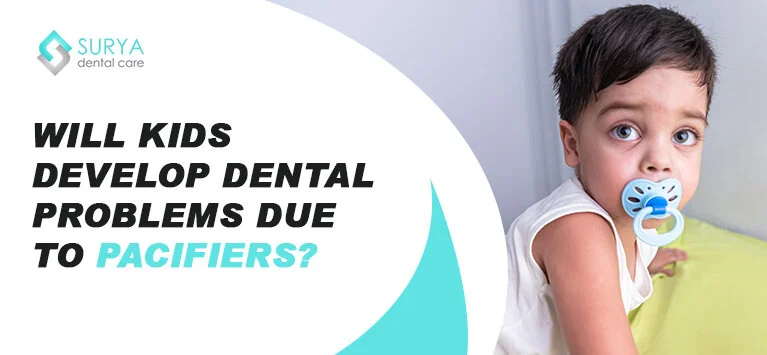
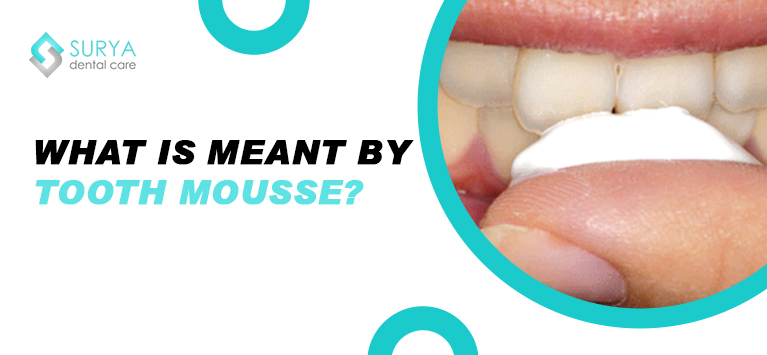
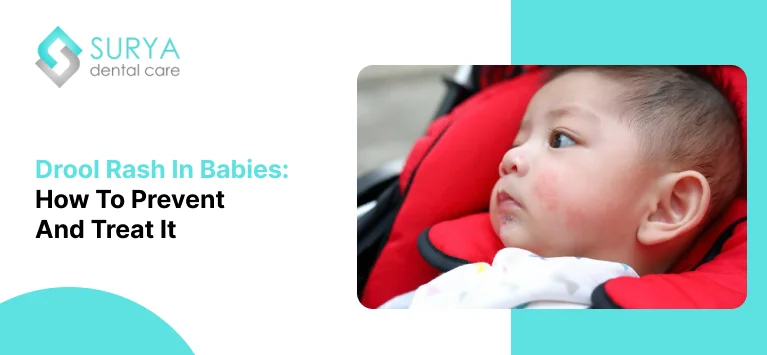
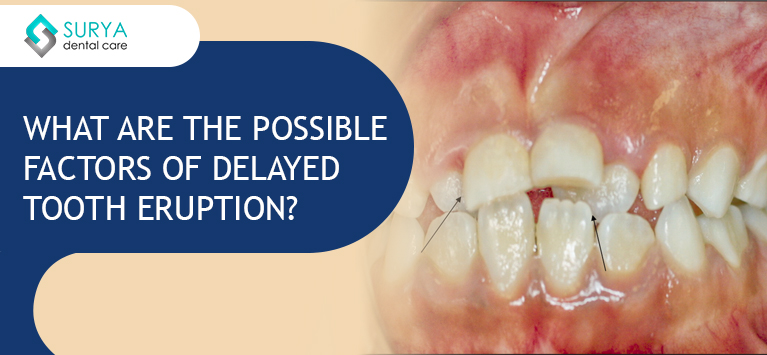

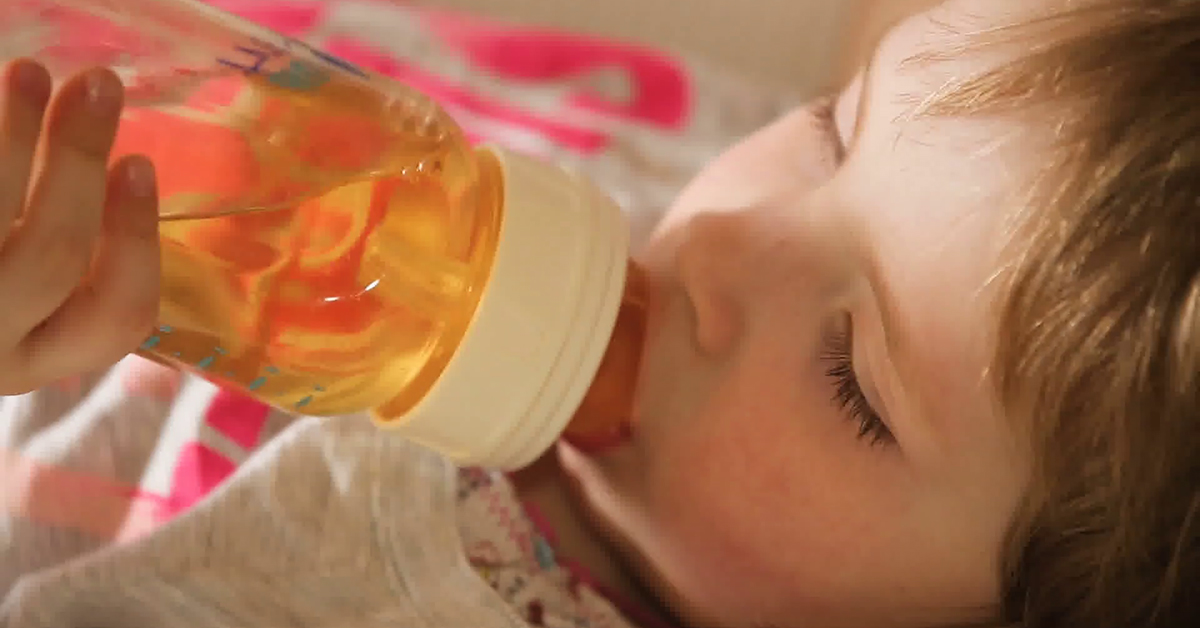
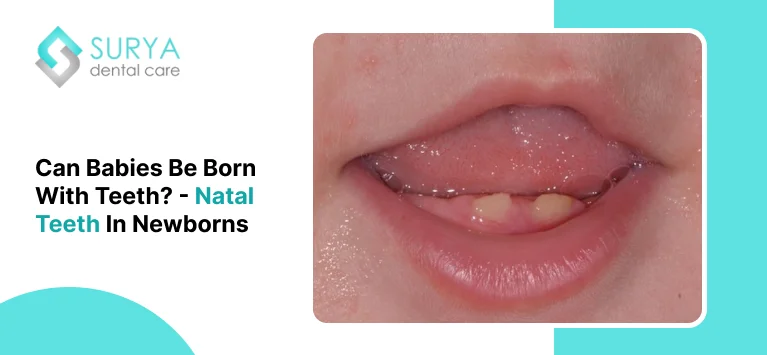
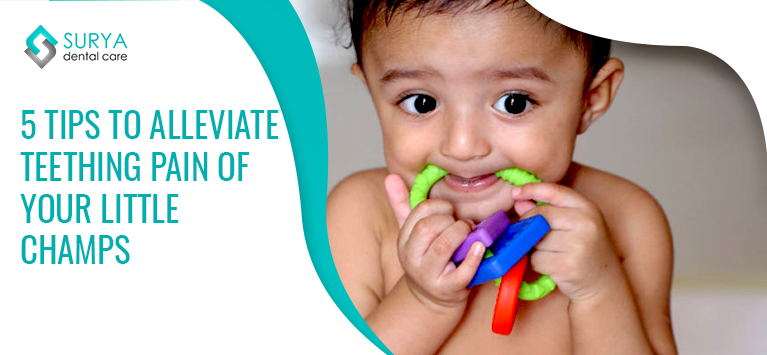
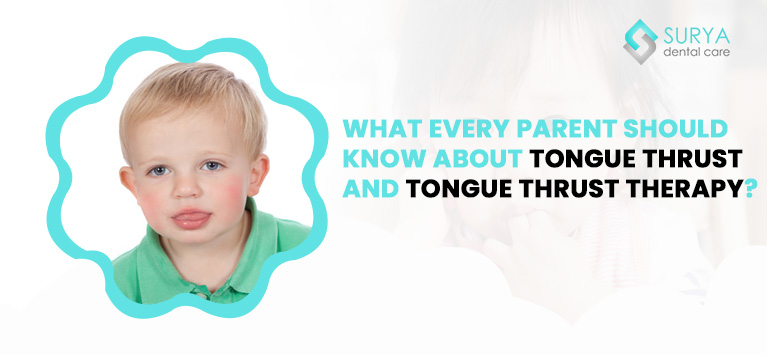

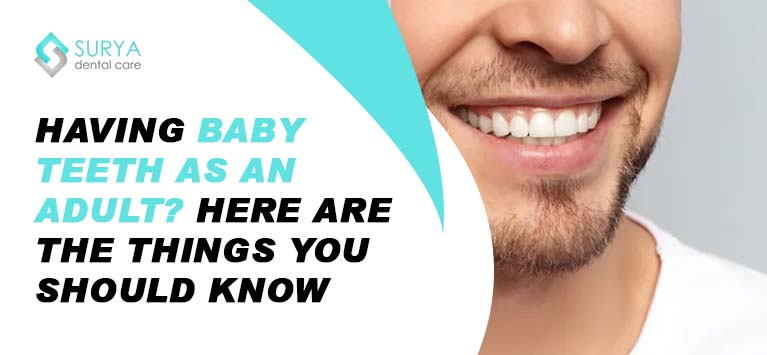
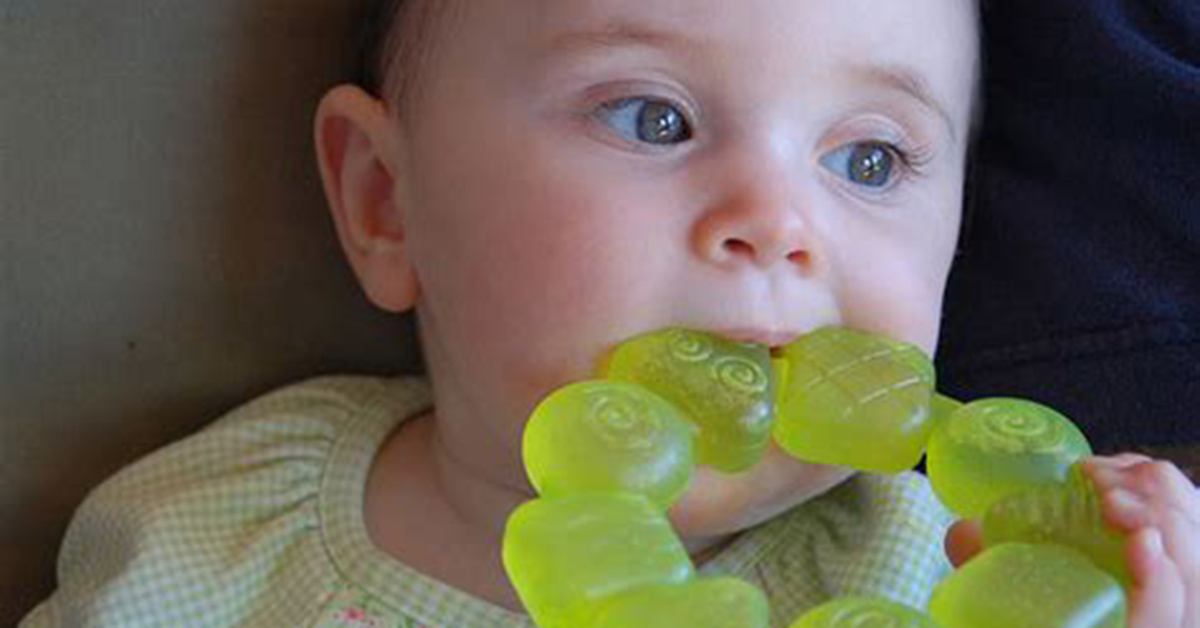
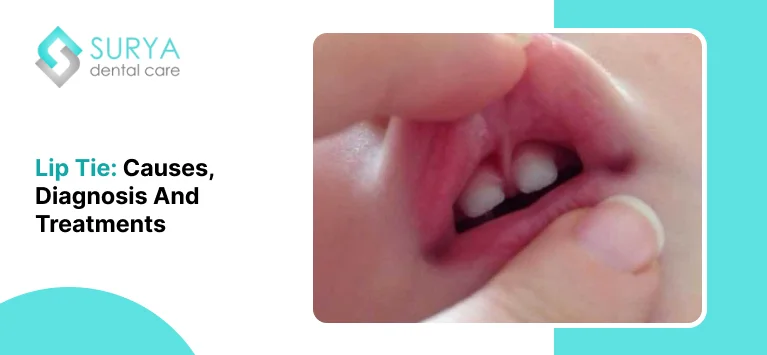
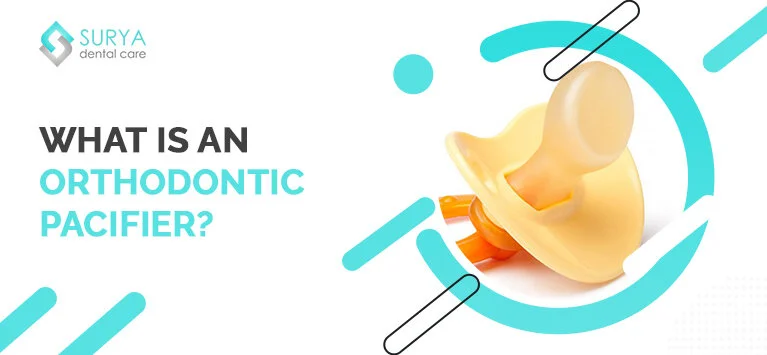



Leave a Comment